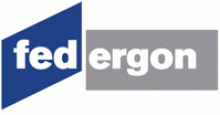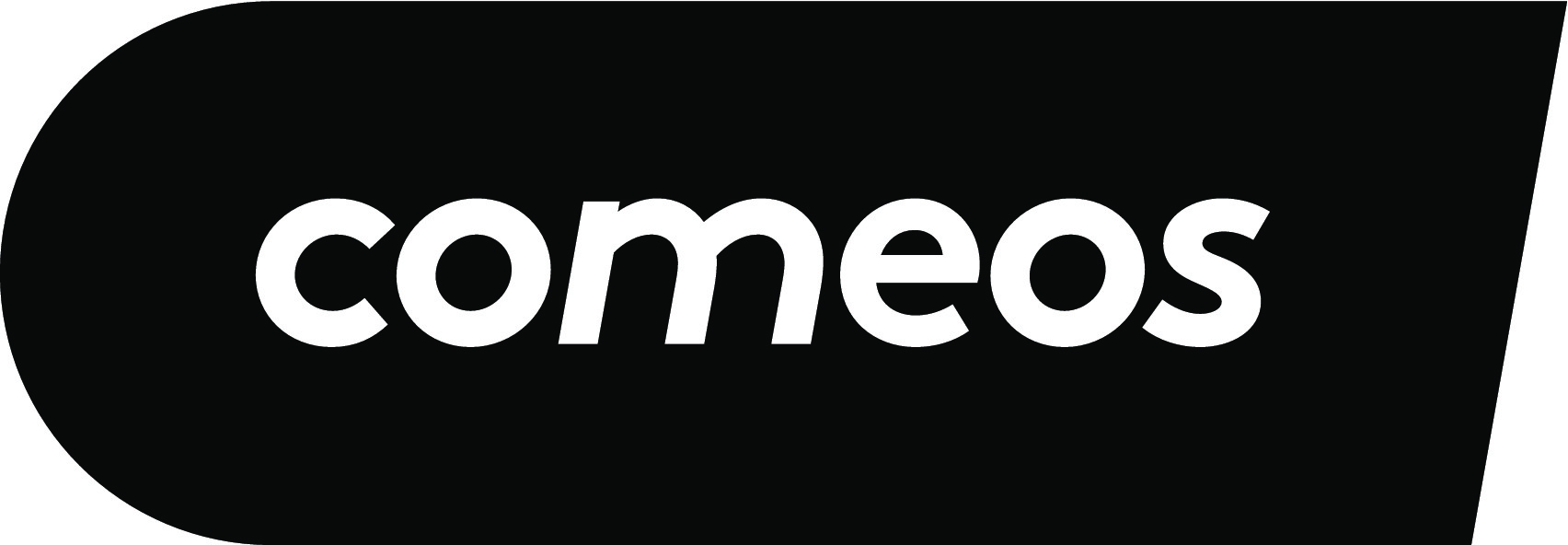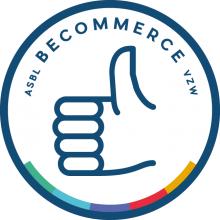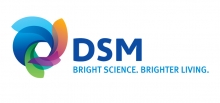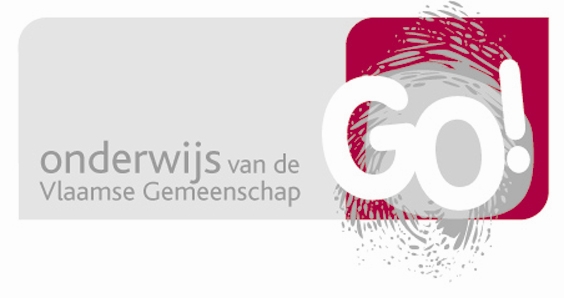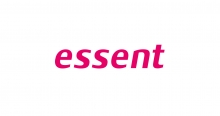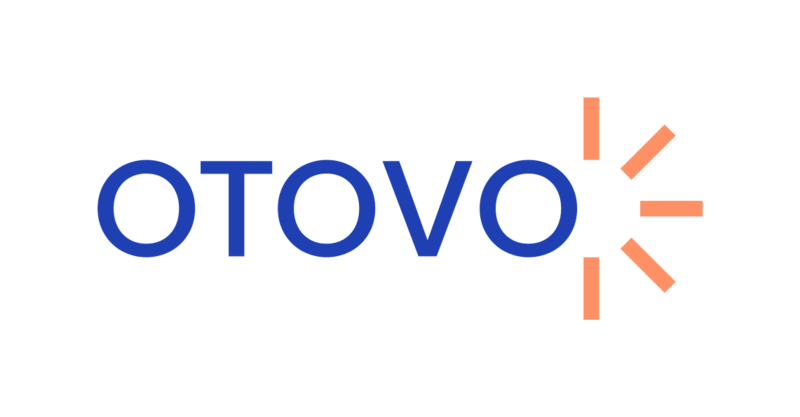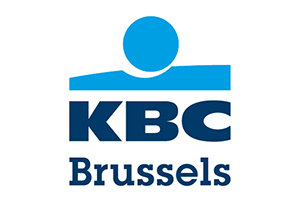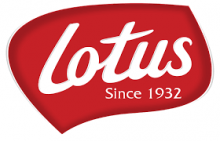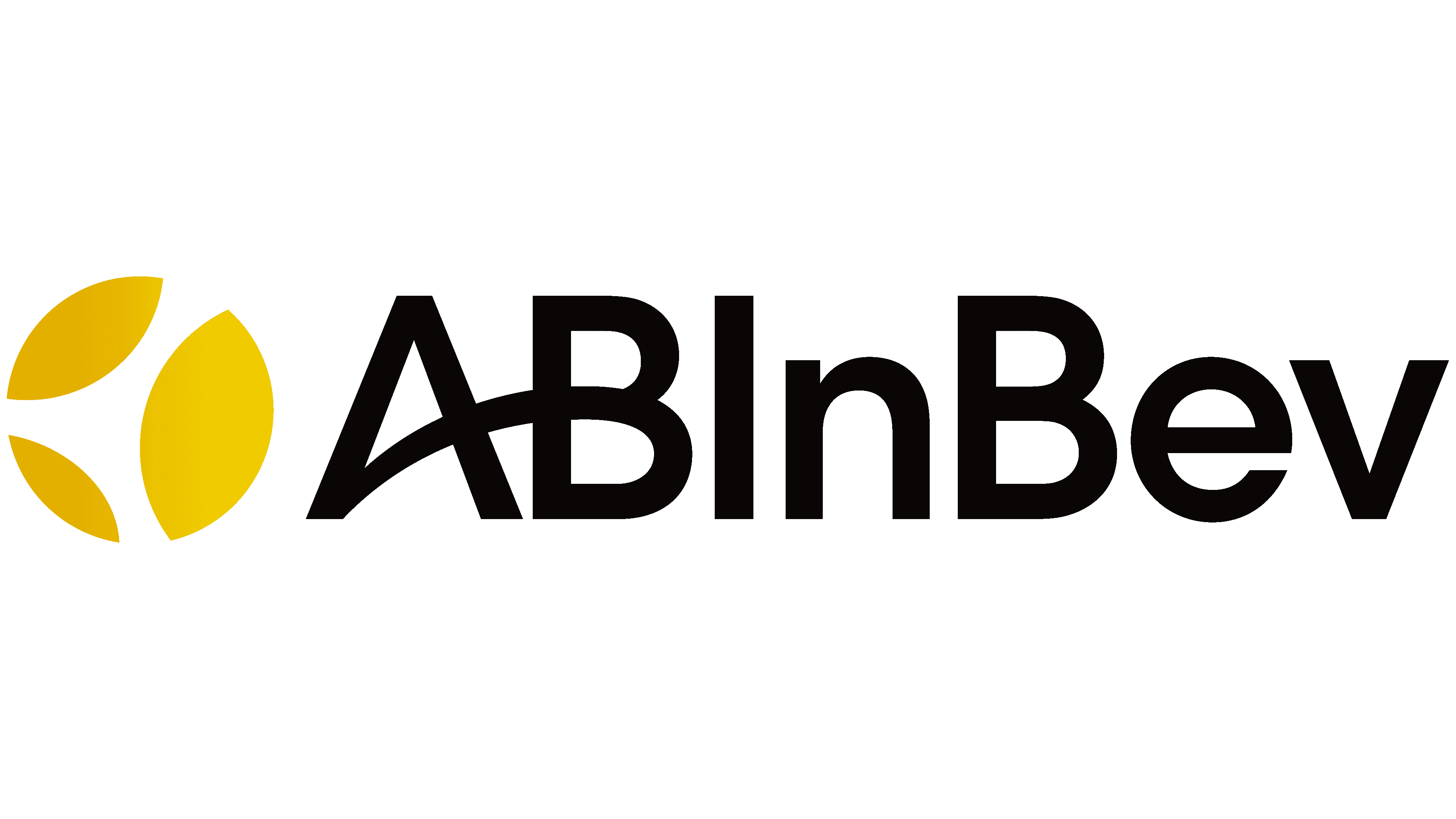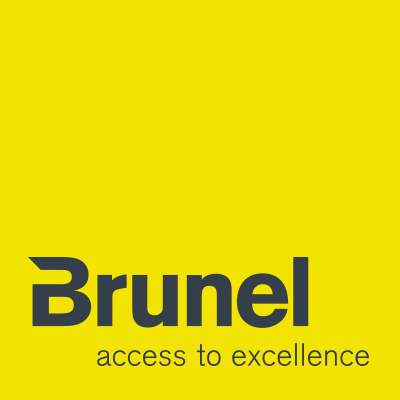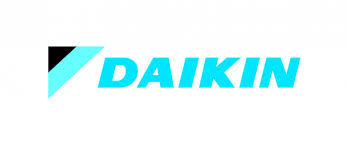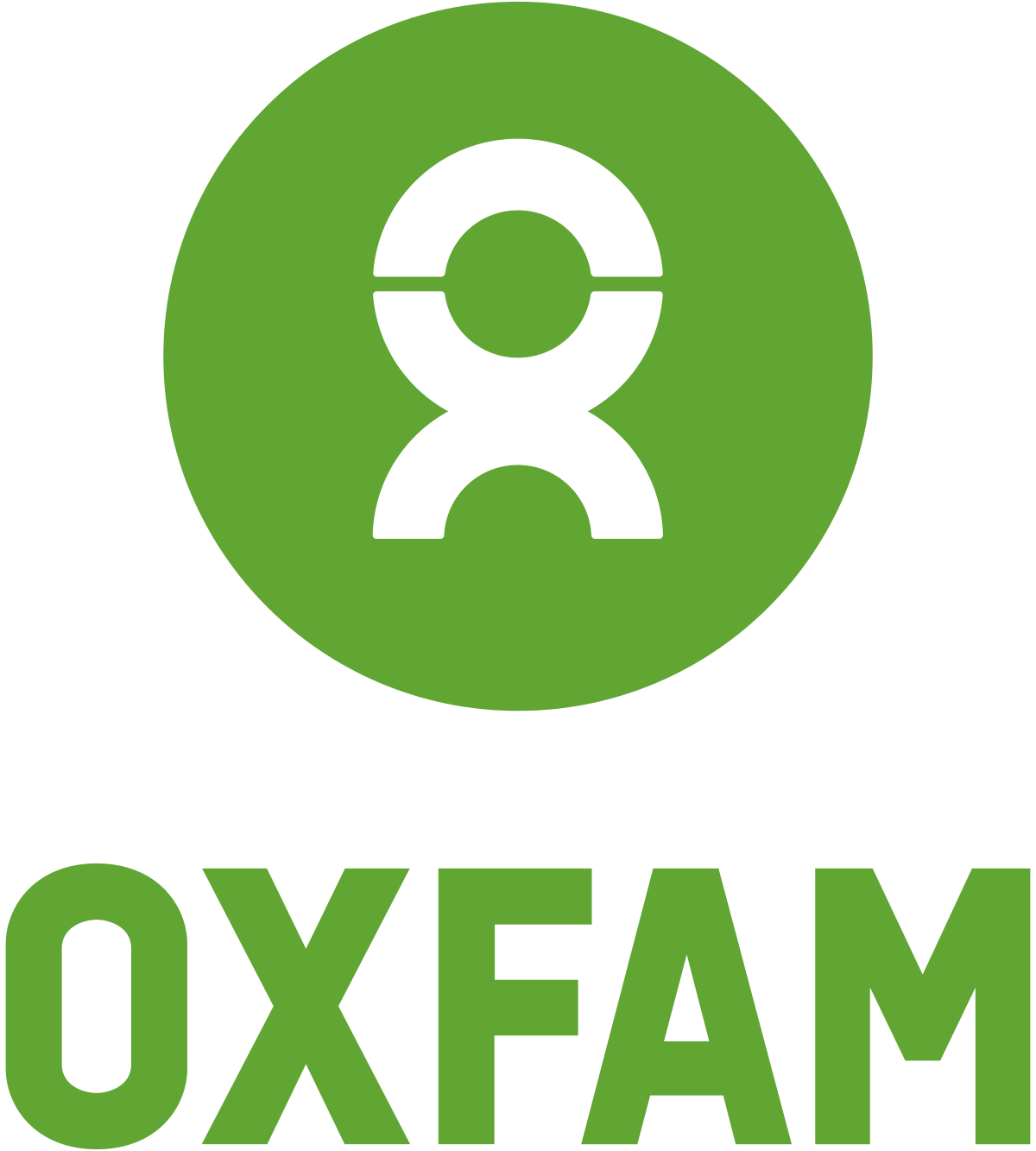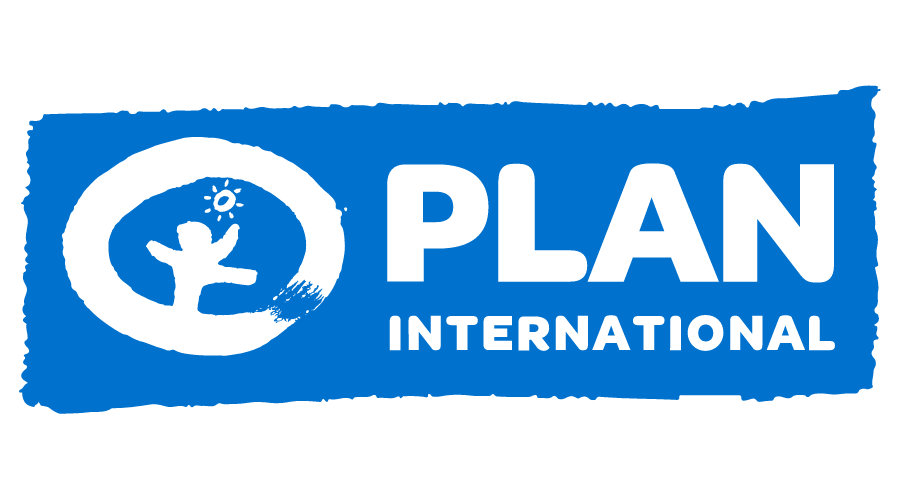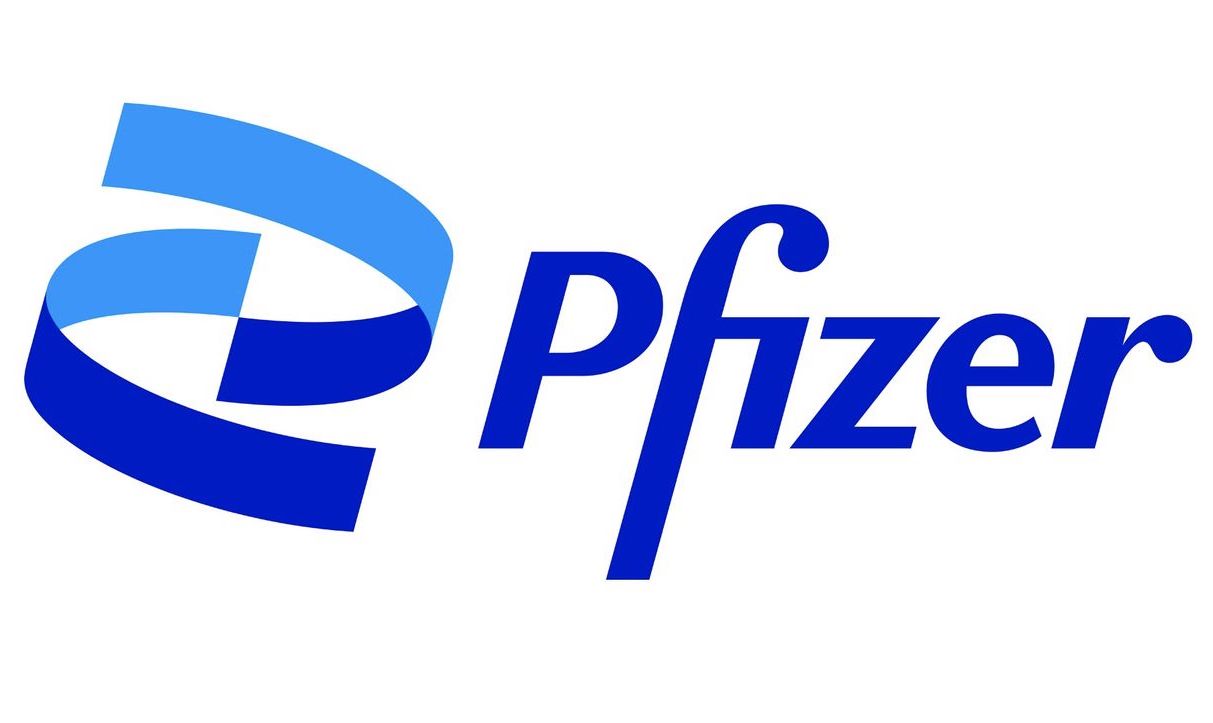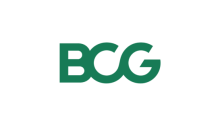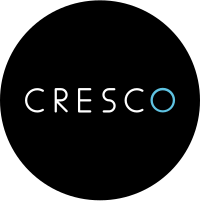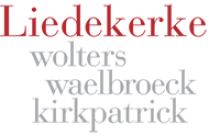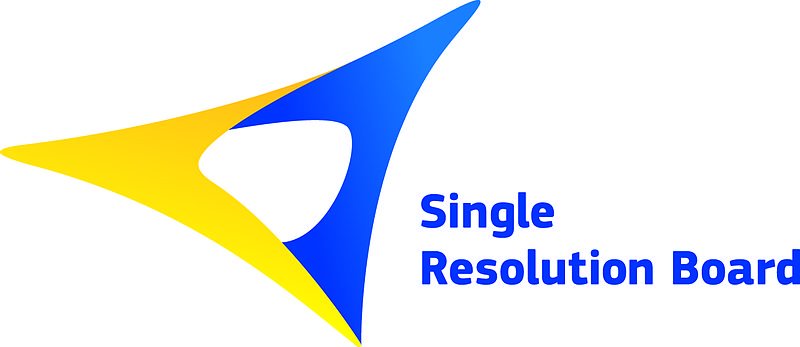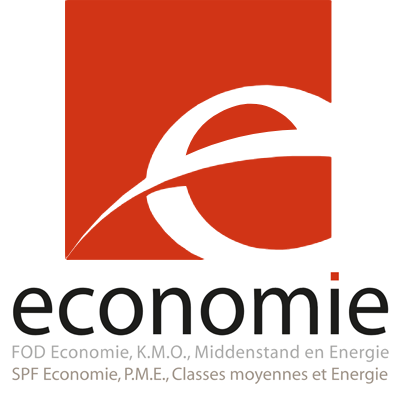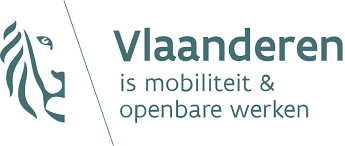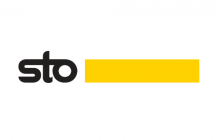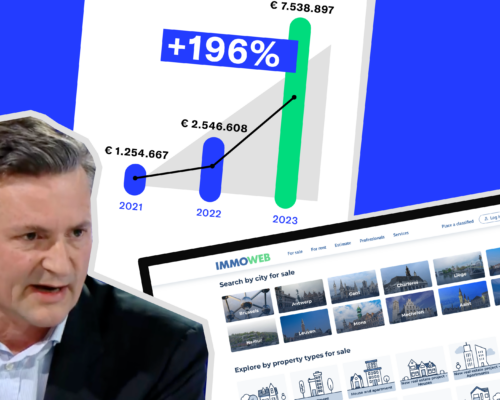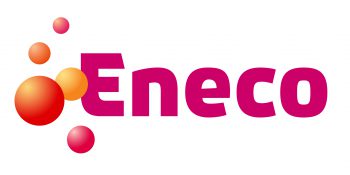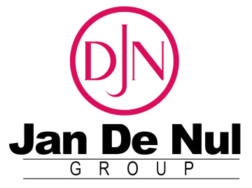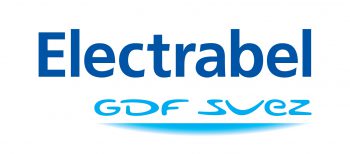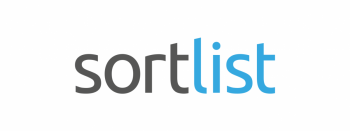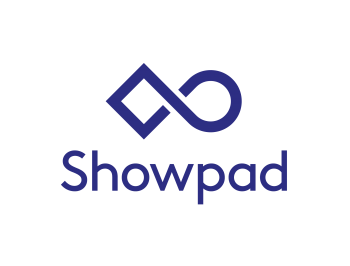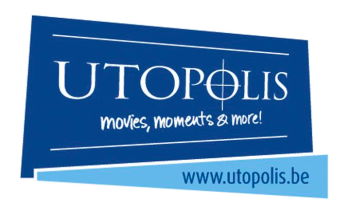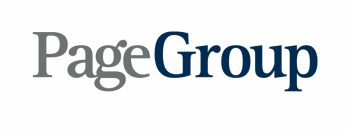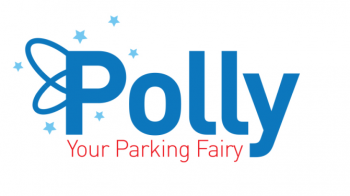It’s a recurring question for PR and corporate communications teams: what’s a good way to measure our media presence, and how can we track the impact of our efforts over time?
There’s a multitude of corporate communication and PR measurements and KPIs out there. Some organizations only care about the volume or the advertising value equivalent (AVE), some apply multiples for positive mentions. The problem with all these approaches is that most of the time, they aren’t evidence-based, and because they are developed in-house, they don’t allow for a good benchmarking across organizations.
To remedy this, Mark Eisenegger of the University of Zurich developed the Reputation Index in 2005. Eisenegger took a page from the Net Promoter Score’s book, an easy and widely used index – currently tracked by two-thirds of Fortune 1000 companies to measure their customers’ loyalty to their brand.
The NPS score always falls between -100 and 100, where -100 means everyone is a detractor and 100 means everyone promotes the brand.
Likewise, the Reputation Index is calculated by taking articles with a positive tone and subtracting articles with a negative tone. This number is then divided by the total coverage of the organization (positive, neutral, and negative) and multiplied by 100. This results in a score between -100, only negative coverage, or 100, only positive coverage.
This is how it works:
Good press – Bad press x 100
All press
The system has a number of benefits for teams who want to track their reputation over time.
1. It’s a standardized way of measuring and allows for benchmarking
Because it’s a standard measurement tool, it allows for benchmarking. Nothing prevents you from performing the Reputation Index measurement for your competitors, because media mentions of your competitors are easily available.
2.It’s easy
Like the NPS, the Reputation Index is a straightforward measurement – you’re either negative or positive, in the black or in the red.
Like in NPS, achieving truly high scores is hard. Anything positive is often considered good, while a score above 50 means you’re truly loved. This is especially true in a media context, because we know that there is a negative bias in media – media just report more on negative news than on positive news.
3.Management will understand it
The benefit of using the NPS template is that management will easily understand the Reputation Index and will be able to benchmark it against the NPS score of the organization.
4.It allows for detailed views on standard reputational axis
The reputation index can be refined. For instance, in CSR research that we recently blogged about, the Reputation Index was used on a subset of articles dealing with CSR. To achieve this, the researchers isolated only the articles dealing with CSR and applied the Reputation Index only to those articles.
The same can be done for dimensions like
- Results
- Leadership & vision
- Products & Services
- Innovation
- HR & employment
- Sustainability
As well as any company-specific reputational issues. Again, these individual axes can be benchmarked against competitors.
5.It’s easy to plug into a larger reputational framework
At FINN, we are often asked to audit reputations for our clients. This can be done through stakeholder (qualitative) interviews, quantitative surveys, media analysis, surveys among internal stakeholders and social media audits.
The great thing about a Reputation Index is that it can be plugged into a larger reputation audit. Often, firms will want to track the media and social media reputation in an ongoing way, add periodic external stakeholder interviews, quantitative stakeholder surveys as well as internal surveys to the mix to arrive at a holistic, multi-stakeholder reputational dashboard.
Feel free to contact us to see how we can set up a scalable, methodologically solid way to keep track of your organization’s reputation.
